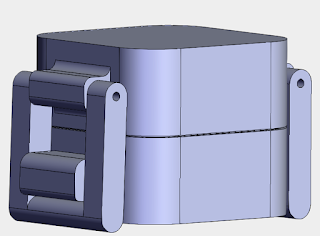Software Development - Making Lilypod Intelligent – Part 2 (The Modification)
While we are unable to train and validate a working network due to lack of data, we are able to build a neural network architecture that is capable of learning the correlations between spectrometer data, pH levels, and conductivity measurements of the water to the quality of the resulting yield. After having created the neural network described in Part 1 of this blog, the learning capability of the network was validated by overfitting the network to dummy data.
One dummy datapoint was created by running sensor measurements in a tub of salted water. An arbitrary percentage score label was then assigned to the measurement to indicate the hypothetical quality of the crops. Then, the network was trained on the single datapoint for a large number of epochs. What we found was that the LSTM neural network was unable to reliably overfit on the single datapoint. The loss value would decrease during training, but during inference time, the predicted score value would unexpectedly either jump or fall by orders of magnitude from the desired value.
The statefulness of the LSTM is tricky to deal with. For this reason, the neural network architecture was modified into a multilayer perceptron (MLP) with the same dimensions as before. While this architecture does not take the dimension of time into account, it does have other benefits that make it the better option. First of all, it has less parameters to train than a deep LSTM network which, given the infrequency of new data, would learn weights and achieve satisfactory predictive capabilities (and become useful to farmers) sooner. Additionally, unlike on the deep LSTM network, our test of overfitting a single datapoint was successful on the new MLP network, thus ascertaining its ability to fit real data in the real world.

Comments
Post a Comment